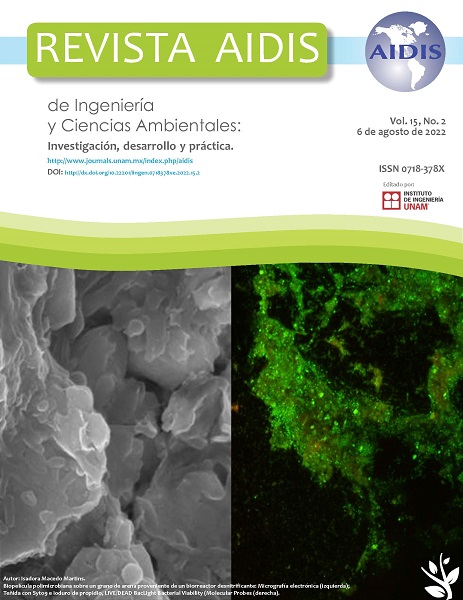THERMAL POTENTIAL OF THE MACROPHYTES Eichhornia crassipes (WATER HYACINTH) AND Pistia stratiotes (WATER LETTUCE)
Contenido principal del artículo
Resumen
Most of the world energy consumption comes from non-renewable sources, which are being depleted, so alternative sources are necessary. The purpose of this work was to evaluate the thermal energy potential of macrophytes Eichhornia crassipes (water hyacinth) and Pistia stratiotes (water lettuce). These macrophytes were evaluated by gravimetric analysis, growth temporal determination, immediate analysis, and determination of the calorific value, under Cfb climate, Campos Gerais Region of Paraná, Brazil. The upper calorific value of macrophytes ranged from 11,459 kJ kg-1 for water lettuce to 14,158 kJ kg-1 for water hyacinth, lower than the wood used (around 18,000 kJ kg 1). As for the dry mass productivity, the macrophytes varied from 6,889 kg ha-1 for water lettuce to 9,947 kg ha-1 for water hyacinth, also lower than the commonly used woods. The water hyacinth showed a higher potential than water lettuce. The values determined are lower, however, macrophytes are considered invasive in lakes have a high cost for maintenance, therefore, according to logistics, they can be an option as thermal energy.
Detalles del artículo
Citas en Dimensions Service

Esta obra está bajo una licencia internacional Creative Commons Atribución-NoComercial-SinDerivadas 4.0.
